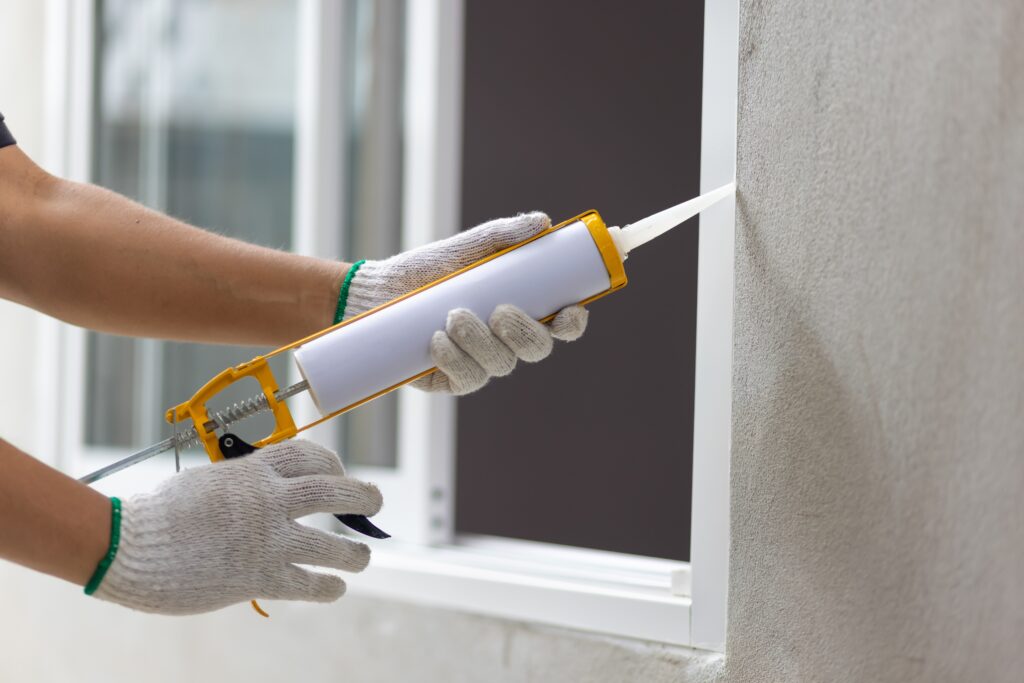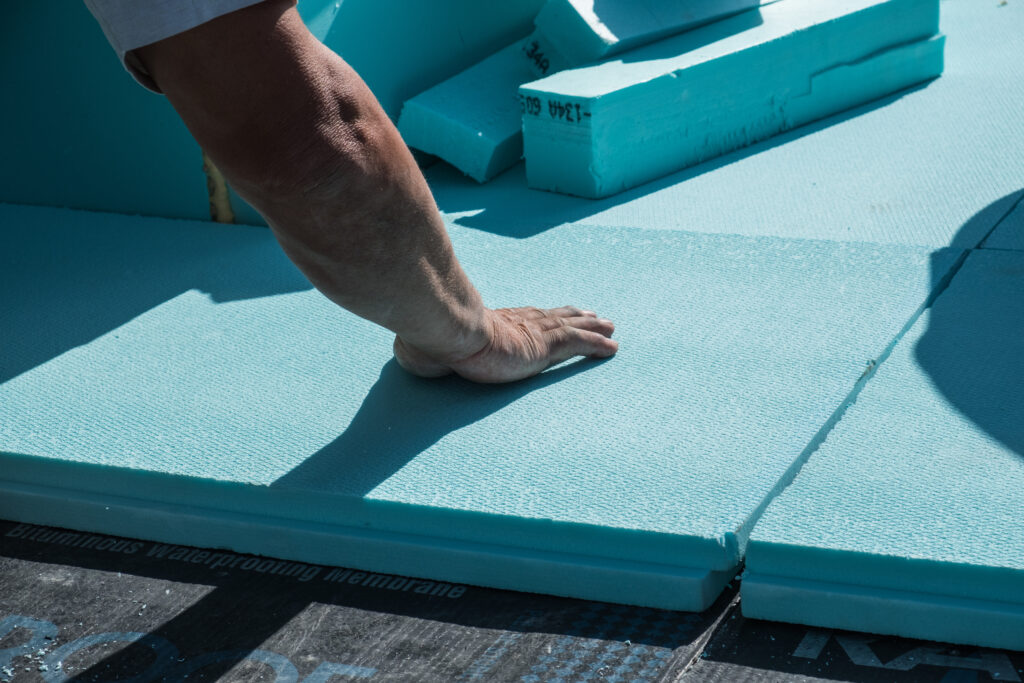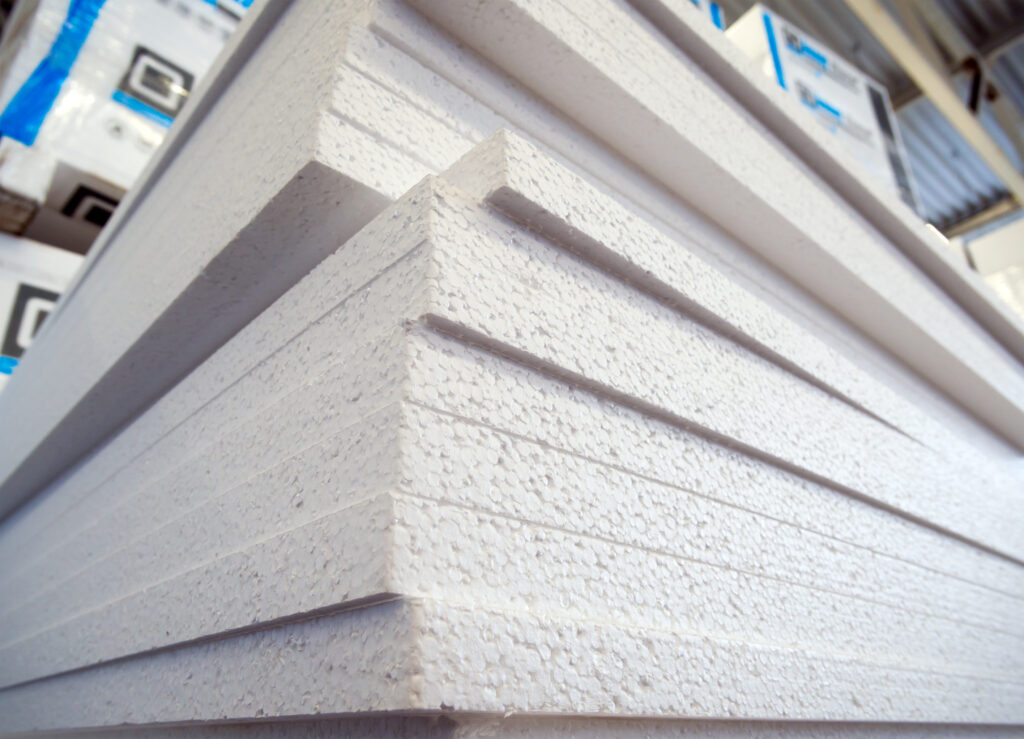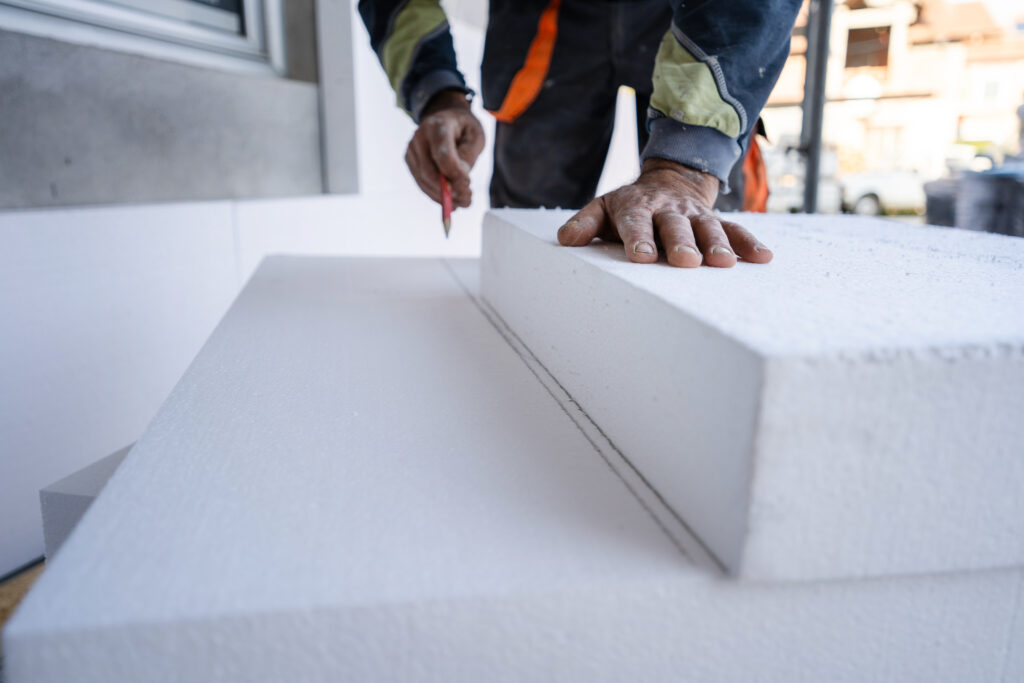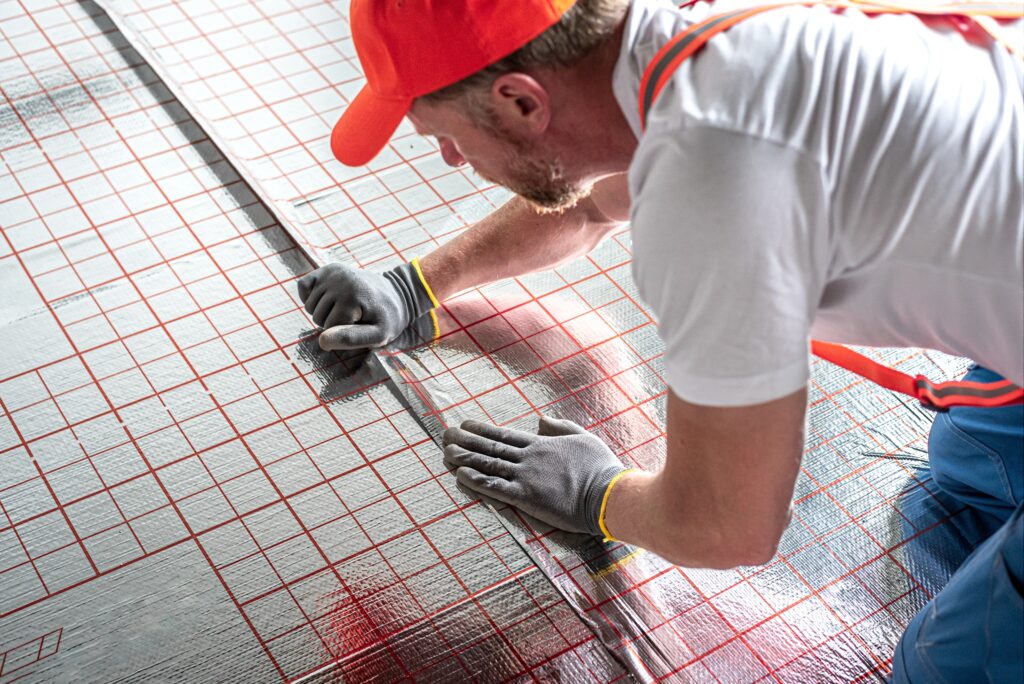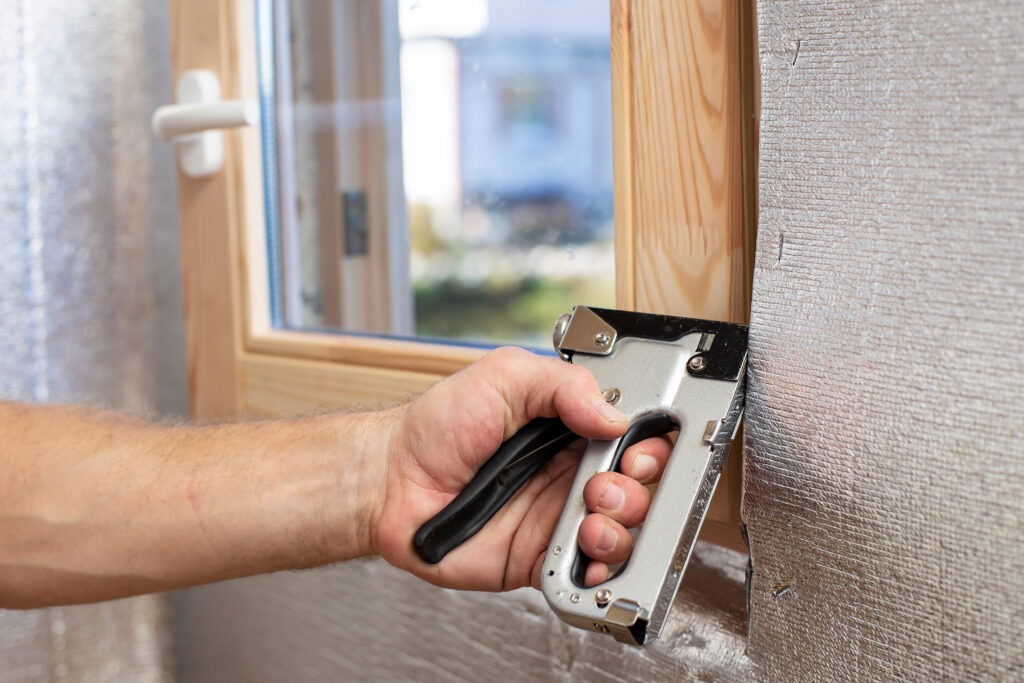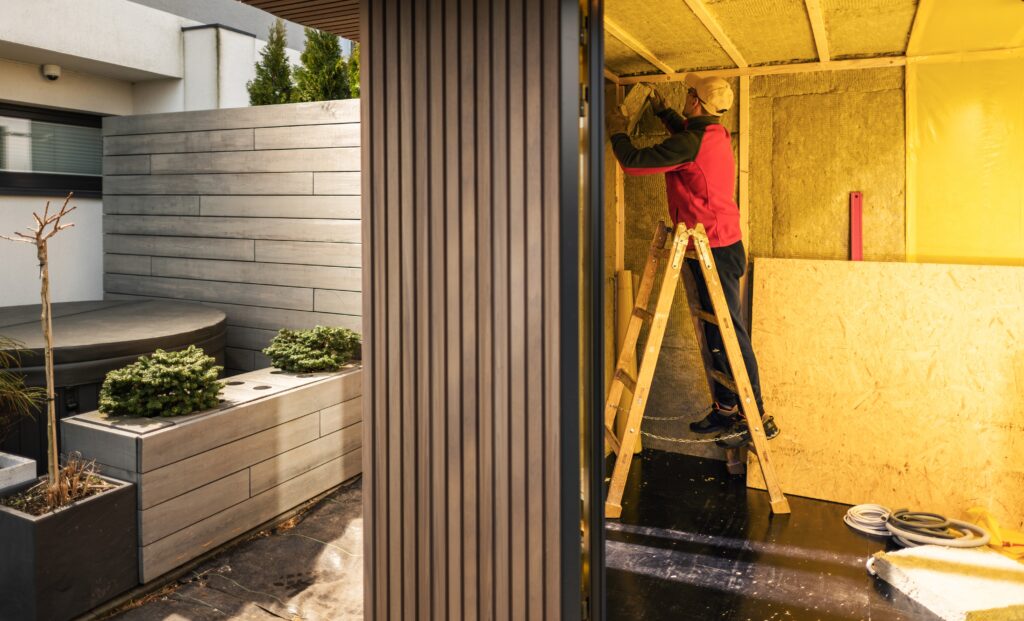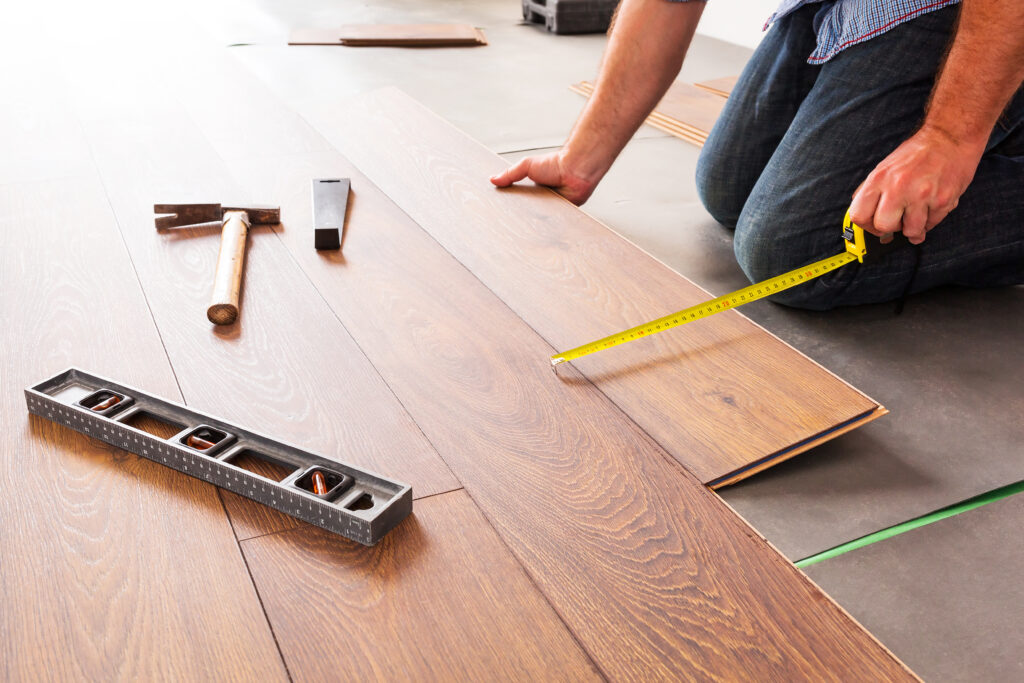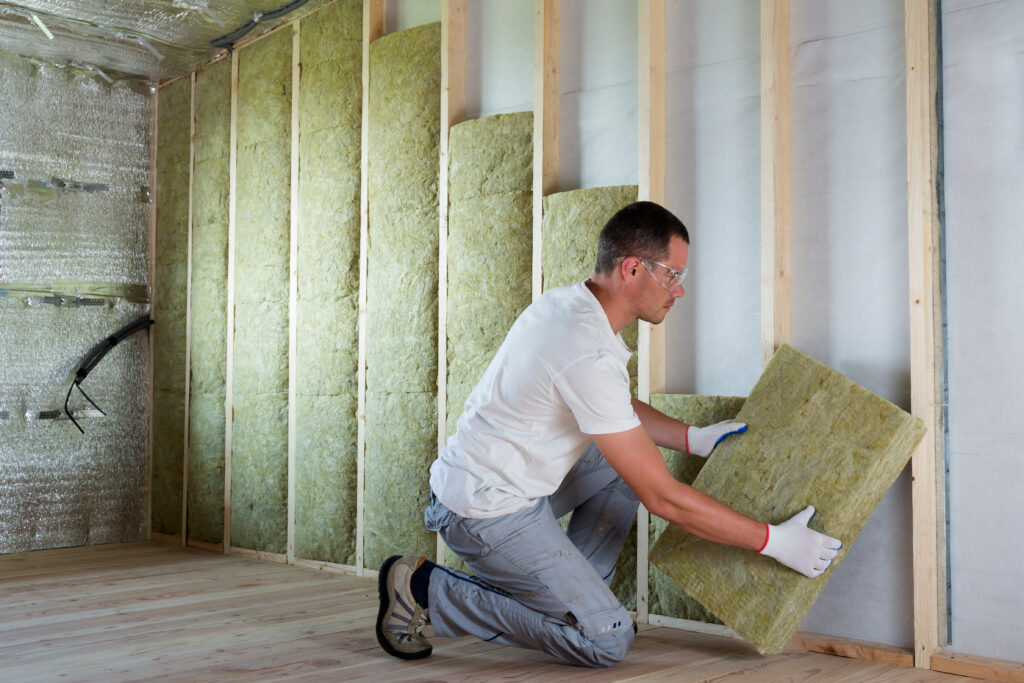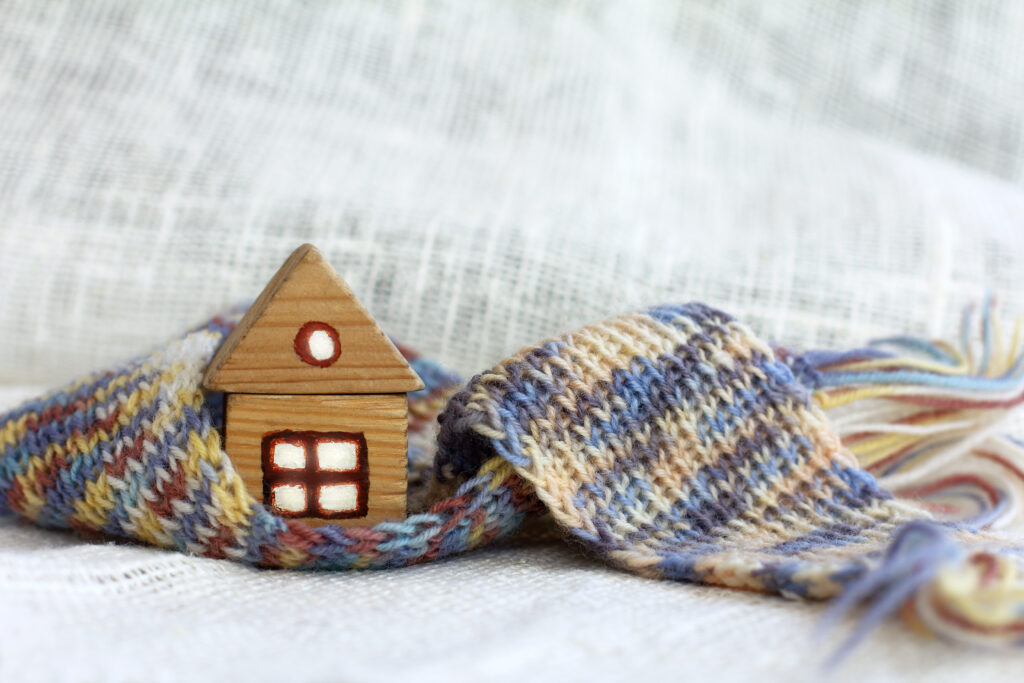Insulation Advice & Guides
Welcome to our Insulation Advice & Guides page, your comprehensive resource for all things insulation-related.
Whether you’re a homeowner looking to improve energy efficiency or a professional contractor seeking expert insights, our blogs have you covered.
Discover the best insulation materials and techniques for various spaces, from attics to walls and everything in between. Learn about the benefits of proper insulation, including soundproofing and thermal efficiency. Stay informed on the latest industry trends and innovations to make informed decisions for your projects.
